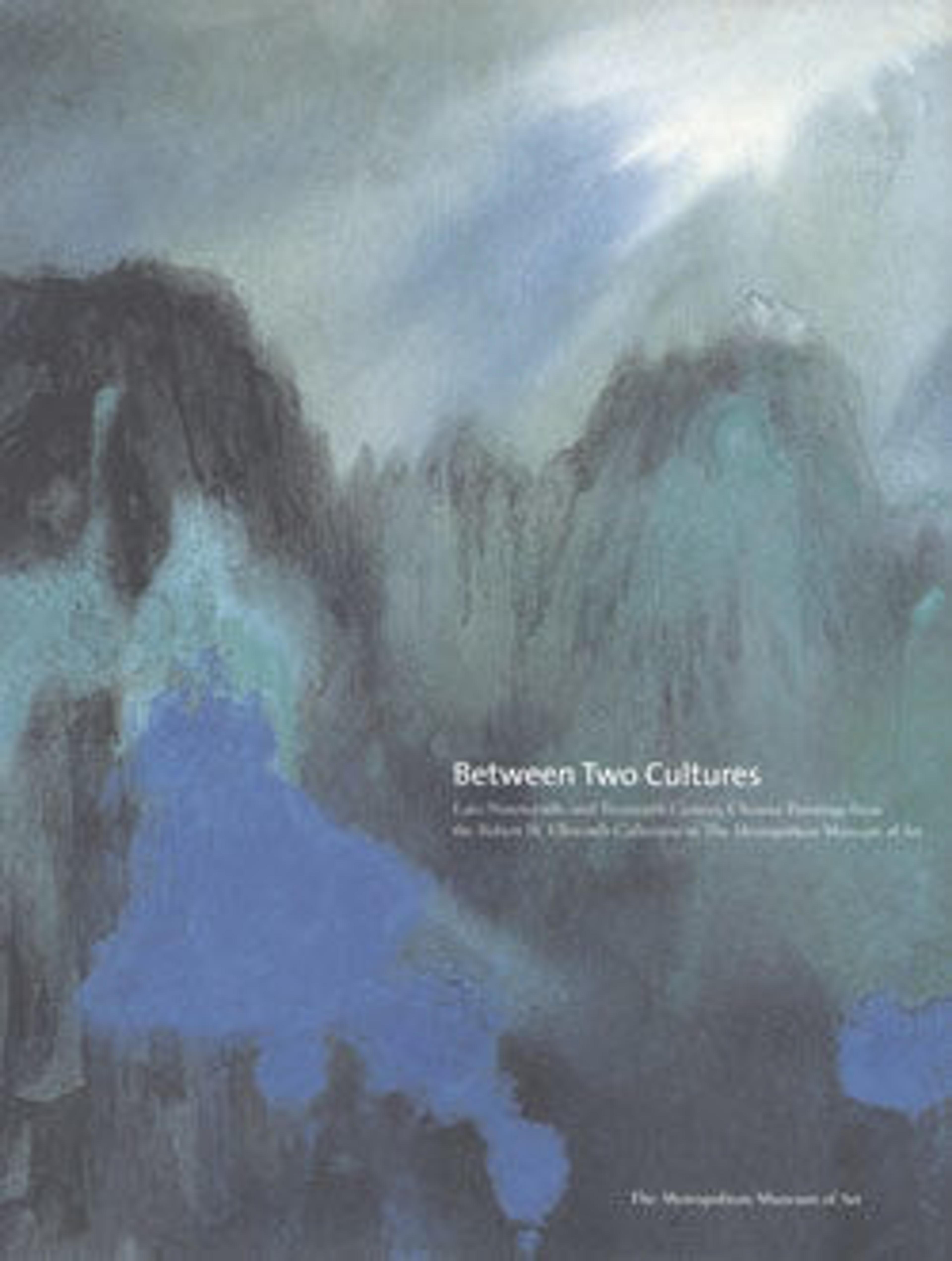Dwelling in the Xixia Mountains
Huang credited his inspiration for this landscape, painted the year before he died, to Wang Wei (701–761) and Zhao Lingrang (act. ca. 1070–after 1100). The three artists grappled with the problems of how to use ink to render the complementary relationship of solid and void. The unpainted white of Huang's mountains defines their volume and the palpability of his mists creates space. The inscription reads:
Living in the Xixia mountains and viewing the peaks to the north and south at dawn, I gaze at the verdant hills and russet forests that nearly cover the village by the lakeshore. I painted this in the styles of Wang Wei and Zhao Lingrang.
(Wen Fong, trans., Between Two Cultures: Late-Nineteenth- and Early-Twentieth-Century Chinese Paintings from the Robert H. Ellsworth Collection in The Metropolitan Museum of Art [New York: The Metropolitan Museum of Art, 2001], p. 182)
Living in the Xixia mountains and viewing the peaks to the north and south at dawn, I gaze at the verdant hills and russet forests that nearly cover the village by the lakeshore. I painted this in the styles of Wang Wei and Zhao Lingrang.
(Wen Fong, trans., Between Two Cultures: Late-Nineteenth- and Early-Twentieth-Century Chinese Paintings from the Robert H. Ellsworth Collection in The Metropolitan Museum of Art [New York: The Metropolitan Museum of Art, 2001], p. 182)
Artwork Details
- 清/現代 黃賓虹 棲霞山居圖 軸
- Title:Dwelling in the Xixia Mountains
- Artist:Huang Binhong (Chinese, 1865–1955)
- Date:dated 1954
- Culture:China
- Medium:Hanging scroll; ink on paper
- Dimensions:47 1/2 × 23 3/4 in. (120.7 × 60.3 cm)
Overall with mounting: 81 1/4 × 27 3/4 in. (206.4 × 70.5 cm)
Overall with knobs: 81 1/4 × 31 5/8 in. (206.4 × 80.3 cm) - Classification:Paintings
- Credit Line:Gift of Robert Hatfield Ellsworth, in memory of La Ferne Hatfield Ellsworth, 1986
- Object Number:1986.267.201
- Curatorial Department: Asian Art
More Artwork
Research Resources
The Met provides unparalleled resources for research and welcomes an international community of students and scholars. The Met's Open Access API is where creators and researchers can connect to the The Met collection. Open Access data and public domain images are available for unrestricted commercial and noncommercial use without permission or fee.
To request images under copyright and other restrictions, please use this Image Request form.
Feedback
We continue to research and examine historical and cultural context for objects in The Met collection. If you have comments or questions about this object record, please contact us using the form below. The Museum looks forward to receiving your comments.
